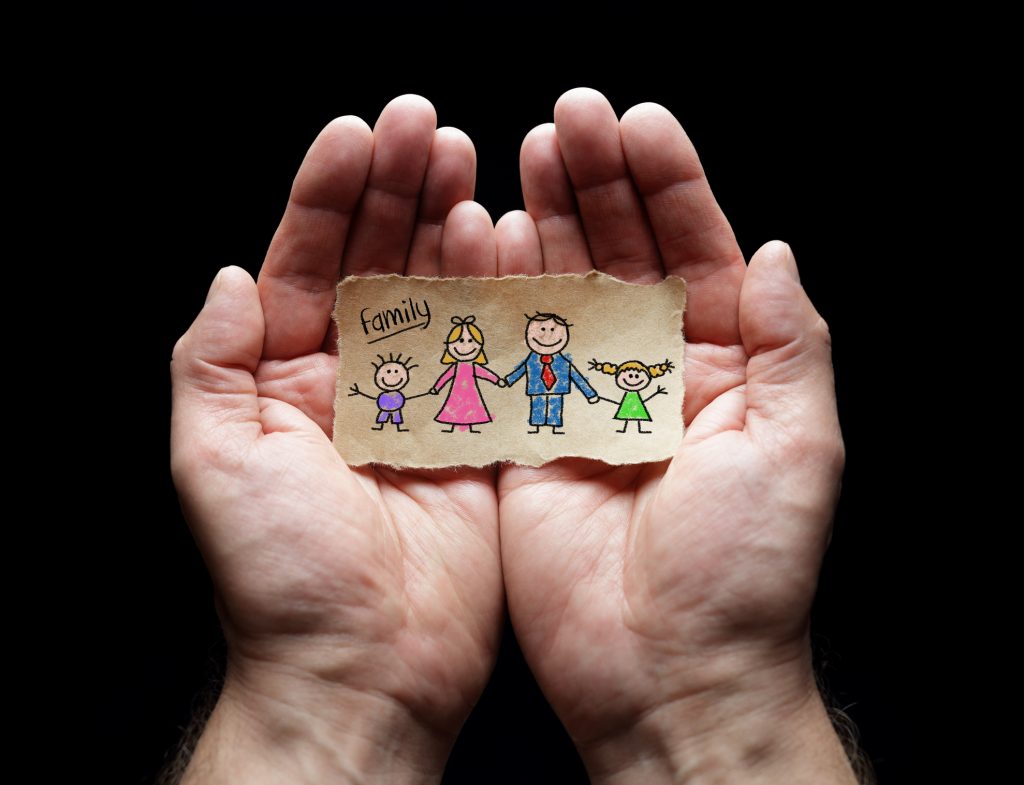One of the very real difficulties many families face today is trying to overcome issues with substance use and addiction. With opioid overdose resulting in the deaths of over 33,000 people in 2015, a rate of death that has consistently risen in the past several years, the opioid crisis is a very relevant concern. This issue does not only impact those abusing drugs but drastically impacts their families and loved ones.
Watching someone struggle with substance abuse or dependence can be a devastating experience. When it comes to those we are closest to, it only amplifies the turmoil. It is so hard to know how to be there for someone who is struggling without doing something that could be counter-productive to making their life better.
So can you protect your loved ones in the opioid epidemic? Yes. But how?
What are the things that families members and friends need to focus on in order to keep their loved ones safe?
Understand Proper Pain Management
According to the CDC, approximately 20% of patients who visit their doctors for pain receive an opioid prescription.
Another article on Addictions.com talks about how opioid addictions often begin at home. Some people may still assume that drug addiction begins on the illicit market, but what we have seen more and more over the years is that the opioid epidemic has largely been fueled by prescription drugs.
Many people who struggle with opioid addiction began by using opioid-based painkillers due to a doctor’s prescription. These kinds of medication are not all that strange when dealing with pain management. Powerful prescription opioids are used for:
- Injuries
- Illness
- Surgery recovery
A lot of times these medications are prescribed for short-term use to try and reduce the risk of dependence after extended use. However, even with short-term prescriptions, these potent opioids can develop a physical dependence with uncomfortable or even painful withdrawal symptoms.
Overprescribing has also become an element in the opioid epidemic spreading through prescription drugs. Having an abundance of people prescribed to opioids also adds to the risk of more abuse.
By understanding these risks, people can better protect themselves and each other from developing a serious dependence. If you are aware of what can happen with opioids, even if legitimately prescribed, you can watch for signs and take action to prevent further risk.
Monitor Your Medicine Cabinet
According to a SAMHSA study from 2015, more than 50% of people addicted to painkillers receive the drugs from family members or friends.
Not only are those who receive opioids for medical reasons at some risk of accidentally developing a dependence, those who live with them can also be at risk of abusing opioids and becoming addicted. The overprescribing of opioids has also created stockpiles of opioids in thousands of homes all over the country. Left-over medications are also making a contribution to high rates of opioid misuse.
Some people who receive an opioid prescription may not actually use the entire prescription, but frequently they hold onto the excess supply of their medications. This is often innocent enough, as people will sometimes want to have something on-hand in case of unexpected pain down the road. Sometimes they might even offer these medications to others in an attempt to help manage a friend or loved one’s pain. However, even with the best intentions, this can be very dangerous.
Not only can giving someone a powerful opioid they are not prescribed be dangerous, simply having this kind of drug lying around is dangerous. Your medicine cabinet can be easily accessed by others within your household.
If you want to protect your loved ones in the opioid epidemic, make sure that you keep opioid medications under restricted access in your home. Do not play doctor and offer these kinds of drugs to your friends or family.
Also, make sure you properly dispose of any unused medications. You can take excess opioid drugs to a drug drop-off. Find nearby locations, which are often at pharmacies or law enforcement agencies.
Look for Signs of Dependence
Dependence and addiction are two terms that are relatively similar, but not exactly interchangeable.
Opioid dependence refers to how the body builds a tolerance to opioids over time. This process leads to the individual needing increasingly high doses of the drug to receive the same effect. Where addiction is more psychological, dependence is primarily a physical response.
Opioid users become physically dependent on the drugs when they require certain doses to feel and function “normally,” while also trying to avoid cravings and withdrawal symptoms. All of these effects can contribute to the development of a more serious addiction. Some physical signs to watch for include:
- Drowsiness/Sedation
- Confusion
- Constricted pupils
- Reparatory depression
- Loss of consciousness/Nodding off
- Constipation
Withdrawal signs can also indicate dependence, including minor symptoms such as:
Understanding the signs or addiction, including withdrawal, can be a way to protect your loved ones in the opioid epidemic. If you can recognize the warning signs, you might be able to intervene before it is too late.
Seek Professional and Effective Help
Education is key to prevention, no matter what the situation or circumstances. Whatever the adversity, arming yourself with information makes you more effective. At the same time, seeking help from those with knowledge and experience with treating addiction is invaluable. Having a safe and effective resource that knows how to help your loved one overcome an opioid dependence or addiction can make all the difference.
It can be overwhelming, and none of us can protect everyone. However, you can be part of the support system that works to keep your family, friends and loved ones safe.
